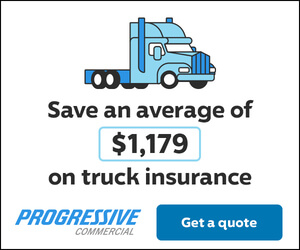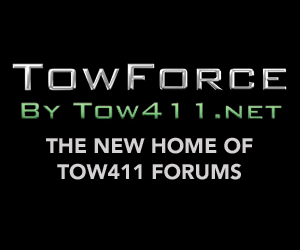![]() The last six, tumultuous months have caused the professionals at Beacon Software to reflect on the past 20 years of progress and look ahead to the future. Beacon has stood alongside towing and roadside professionals during natural disasters, economic disruptions, and now a worldwide pandemic. We see these roadblocks as valuable challenges we can learn from to make our software even better for our customers. We are inspired every day by the courage and passion of the towing and roadside professionals we serve. Over the last 20 years, over 125 million calls were dispatched through Beacon Software, and we increased our commitment to customer security through our “SOC 2 Certification.” This certification makes us one of the few dispatch software companies compliant with the American Institute of CPAs’ criteria for secure, reliable software providers. We take pride in our progress and we have big plans for the next 20 years. The pandemic served as an opportunity to improve our software even further, so Beacon can benefit your business during any situation.
The last six, tumultuous months have caused the professionals at Beacon Software to reflect on the past 20 years of progress and look ahead to the future. Beacon has stood alongside towing and roadside professionals during natural disasters, economic disruptions, and now a worldwide pandemic. We see these roadblocks as valuable challenges we can learn from to make our software even better for our customers. We are inspired every day by the courage and passion of the towing and roadside professionals we serve. Over the last 20 years, over 125 million calls were dispatched through Beacon Software, and we increased our commitment to customer security through our “SOC 2 Certification.” This certification makes us one of the few dispatch software companies compliant with the American Institute of CPAs’ criteria for secure, reliable software providers. We take pride in our progress and we have big plans for the next 20 years. The pandemic served as an opportunity to improve our software even further, so Beacon can benefit your business during any situation.
20 Years of Service: The History of Beacon Software
Today, Beacon Software has over 45,000 users in 30 countries, but Beacon’s advanced dispatch technology began (like most software projects) with a vision and a basement. Ignoring the warnings that the “internet was just a fad,” Todd Althouse, president of Beacon Software, brainstormed Dispatch Anywhere in 1980. After traveling the country consulting with towers and motor clubs, Althouse collaborated with real towing professionals to give time back to the dispatchers, accountants, and towers by developing the first cloud-based dispatch software in 2003. A short two years later, Dispatch Anywhere was put to the test after the levees failed in New Orleans during Hurricane Katrina. Beacon Software worked together with New Orleans-based towing company Rudy Smith Service to manage the largest towing and recovery effort in U.S. history. It was an unforgettable experience, and it inspired us to forge forward with new, powerful software that would never fail in the event of an emergency.
Beacon Software: TowLien
In addition to advanced dispatch software, Beacon developed TowLien: Your New Impound Partner. TowLien is the towing and roadside assistance industry’s number one automatic vehicle owner lienholder search and notification software. Since its inception, TowLien has helped businesses process and impound hundreds of thousands of vehicles. TowLien recently underwent a complete overall. This latest update means users can look forward to even more great features. Learn more about the new version of TowLien at https://TowLien.BeaconSoftCo.com.
20 Years of Data
To celebrate the last two decades, Beacon Software took a look at 20 years’ worth of data, and the numbers did not disappoint. The following statistics represent the millions of towing and roadside assistance professionals we help every year.
- Over 125 Million Calls Dispatched
- Over 2 Million Calls Automatically Billed to Motor Clubs
- 2 Million Job Updates Processed Daily
- 1.2 Million Man-Hours Saved Annually
- 1 Million Email Invoices Sent through Dispatch Anywhere in the Last 12 Months
- Over 250 Thousand Vehicles Currently Impounded
- Over 600 Thousand Vehicles Processed Through TowLien
- Over 10 Thousand Mobile App Users
- Recent Beacon Software Updates
![]() The programmers at Beacon Software are constantly evolving our software based upon the changes and needs of the industry. We have made many updates to our programs that are user-friendly and important to the current needs of our customers. The following are seven of the most popular recent Beacon Software updates.
The programmers at Beacon Software are constantly evolving our software based upon the changes and needs of the industry. We have made many updates to our programs that are user-friendly and important to the current needs of our customers. The following are seven of the most popular recent Beacon Software updates.
- AAA 2-Way Integration. It is now easier than ever to complete AAA jobs without exiting the Beacon dispatch software. Beacon Software has enhanced the AAA D3 import process through its flagship product Dispatch Anywhere. Users can now import calls and send AAA clear codes from dispatch or directly from drivers in the field.
- Samsara and AT&T Complete Integration. Dispatch Anywhere customers can now add additional tracking to their map with our completed integration with Samsara and AT&T Fleet Complete! Their connected platforms give you the flexibility to start small and expand your capabilities as your business grows.
- Save Job Photos on Tow Magic. This popular Dispatch Anywhere feature has expanded to Tow Magic! You can now add photos to your TowMagic jobs from the mobile application. Photos added to active jobs are saved to the Cloud so they can be referenced at any time! Visit Support.BeaconSoftCo.com.
- Automatic Job Services. This new Dispatch Anywhere feature automatically adds services to jobs after they have been approved or imported on desktop and mobile! Automatic Job Services saves additional dispatch time by removing the step of opening a call and manually selecting a service. Visit Support.BeaconSoftCo.com.
- Auditable Text-to-Speech Job Updates for Dispatch Anywhere. Text-to-Speech will read aloud the text in Dispatch Anywhere. This is a useful feature for users who are not sitting in front of a computer but still need to hear the most recently updated jobs. Text-to-Speech is also customizable, based upon your needs. Visit https://support.beaconsoftco.com/da/notifications.
- Mobile Square and Card Connect Chip Reader Integration. Dispatch Anywhere now supports four different integrated payment solutions, including Square and Card Connect! Dispatchers will have the ability to take payment directly through the desktop and mobile apps. This feature is especially useful for towers on the go, who need to rely on remote payment solutions. Visit http://Support.BeaconSoftCo.com.
- Weekly Dispatch Anywhere Performance Reports. Dispatch Anywhere customers receive weekly reports tracking jobs, offers, and impound statistics.
- New TowLien web application. We have added letter automation, batch VIN submits, improved security, new dashboard, etc. (https://towlien.beaconsoftco.com)
Additional Updates:
- Automatically Send Vehicles to TowLien When Time to Send Lien Holder Notifications
- Square/Paya/Card Connect/XpressPay Email Payment Options
- Submit Jobs to Dispatch Anywhere Through Service Request Form
- Automatically Submit jobs to Motor Clubs
- Automatically Add Services to Jobs Based on Reason or Defaults
- Touchless Signature – Tow Ticket and Damage Report
- New Private Property Impound Features
- Over 50 New or Updated Reports
If you have any questions about Beacon’s updates, we encourage you to contact Beacon support for a tutorial.
Upcoming Beacon Software Updates
There are lots of exciting Beacon Software updates on the horizon. Our focus in the coming year is to increase Dispatch Anywhere Automation Features, expand Private Property and Police Towing Automation Features, enhance Security, increase Motor Club Integrations, and more! Visit our social media for news on the most current updates.
Beacon Software’s 16 Most Popular Features
Are you taking full advantage of our 16 most popular features? If you don’t recognize some of these features, it may be time to contact Beacon Support, so you can make sure you’re using your Beacon products to the best of their abilities!
- Motor Club Billing
- AAA 2-Way Integration
- Smart Assign
- Autocomplete Address and Landmark Location
- Vehicle Damage Report with Signature Capture
- Custom Notification Sounds
- Driver Pre-trip Inspections
- VIP Scan and Magic VIN
- Customer Satisfaction Survey Integration with WhiteRail, OMG, MercurySend, and LIftMarketing
- Dispatch to Driver 2-Way Messaging
- QB Integration (Online and Desktop) Lien Processing through TowLien
- CC Merchant Account Integration
- Full AR Suite with Automatic Email Invoicing
- Driver Commissions
- Customizable Price and Commission Lists
- Uber-Like TowStatus for Customer Location Identification and Ability to Track Driver En Route to their Location.
Working Remotely with Dispatch Anywhere During COVID-19
![]() If there is anything we have learned from recent events, it is that you never know when you will need to unexpectedly pack up and work from home. In the era of COVID-19, working responsibly now means working remotely. Thankfully, Beacon Software was designed to be your completely remote business solution from day one. Regardless, we know how difficult it is to change your routine, which is why our developers have worked around the clock to develop customized updates that will benefit our customers during the pandemic.
If there is anything we have learned from recent events, it is that you never know when you will need to unexpectedly pack up and work from home. In the era of COVID-19, working responsibly now means working remotely. Thankfully, Beacon Software was designed to be your completely remote business solution from day one. Regardless, we know how difficult it is to change your routine, which is why our developers have worked around the clock to develop customized updates that will benefit our customers during the pandemic.
- Email and SMS Credit Card Processing. Process payments securely and remotely with Dispatch Anywhere email credit card processing. Dispatch Anywhere supports four different integrated payment solutions, so that businesses can focus on their
bottom line. - Email and SMS Receipt and Signature. Signing on the dotted line has never been easier. Send and receive digital receipts and signatures quickly and securely.
- Email and SMS Tow Ticket Signature Capture. Finish the job with email and SMS tow ticket signature capture, so drivers can easily get started on their next task.
- Email SMS Vehicle Inspection Signature Capture. Drivers cover their bases with pre-tow inspection management reporting.
Cheers to 20 More Years with Beacon Software
We want to close with a giant “Thank You” to our customers. You inspire and encourage us every day to provide the best possible towing and account management software. It’s been an impressive two decades, and we are looking forward to 20 more years of offering solutions for every size towing and roadside company. Stay tuned for further updates as Beacon develops more programs to benefit your business.
For more information, visit www.BeaconSoftCo.com



 But what about the paperwork? With most CLOUD based systems, the need for paper tow tickets has all but disappeared. Even with one-off cash call customers, instead of paper tow tickets your truck operator will obtain an email address or a cell phone number at the tow scene, and with the click of a button on his/her smart phone or tablet, the CLOUD system will send an electronic tow ticket/invoice to the address or cell number provided. In addition, this process may also collect payment from the cash call customers credit/debit card. Every month we see the introduction of new features; some of these new features cater to real needs and some are just wants. Many of these wants, often described as “bling,” are nice to have but not necessary and don’t positively add to the bottom line. However, we should always remember that one man’s “bling,” is another man’s necessity.
But what about the paperwork? With most CLOUD based systems, the need for paper tow tickets has all but disappeared. Even with one-off cash call customers, instead of paper tow tickets your truck operator will obtain an email address or a cell phone number at the tow scene, and with the click of a button on his/her smart phone or tablet, the CLOUD system will send an electronic tow ticket/invoice to the address or cell number provided. In addition, this process may also collect payment from the cash call customers credit/debit card. Every month we see the introduction of new features; some of these new features cater to real needs and some are just wants. Many of these wants, often described as “bling,” are nice to have but not necessary and don’t positively add to the bottom line. However, we should always remember that one man’s “bling,” is another man’s necessity.
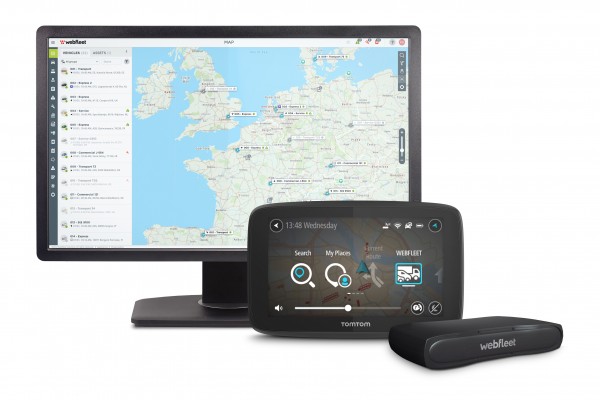
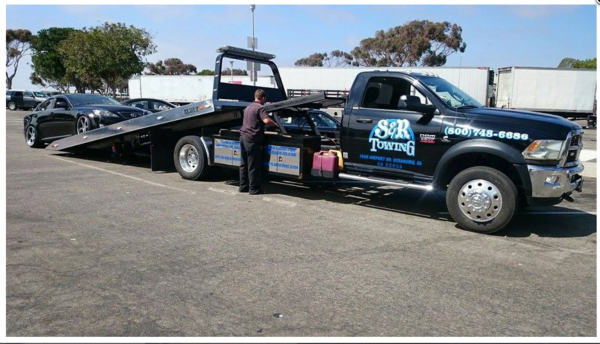 Owners Rusty Russell and Steve Dugan run S&R Towing, a profitable and growing 45-vehicle towing business since 1985 in nine locations and is one of the largest towing and recovery operations in Southern California.
Owners Rusty Russell and Steve Dugan run S&R Towing, a profitable and growing 45-vehicle towing business since 1985 in nine locations and is one of the largest towing and recovery operations in Southern California.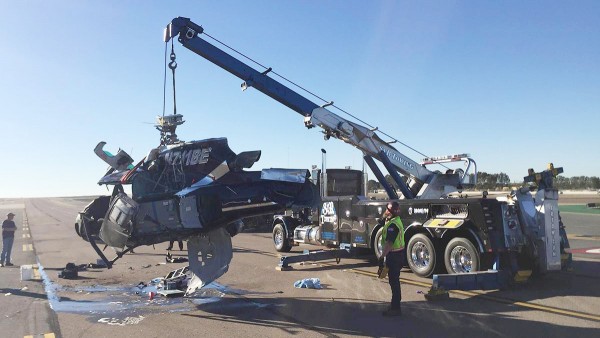 S&R Towing averages between 75 and 100 tows a day across its locations and serves a large rural population. With a large area and distances to travel, the company depends on its dispatch and fleet management technology to allow them to communicate effectively with their drivers and customers. S&R has long relied on fleet tracking and adopted WEBFLEET in 2015.
S&R Towing averages between 75 and 100 tows a day across its locations and serves a large rural population. With a large area and distances to travel, the company depends on its dispatch and fleet management technology to allow them to communicate effectively with their drivers and customers. S&R has long relied on fleet tracking and adopted WEBFLEET in 2015.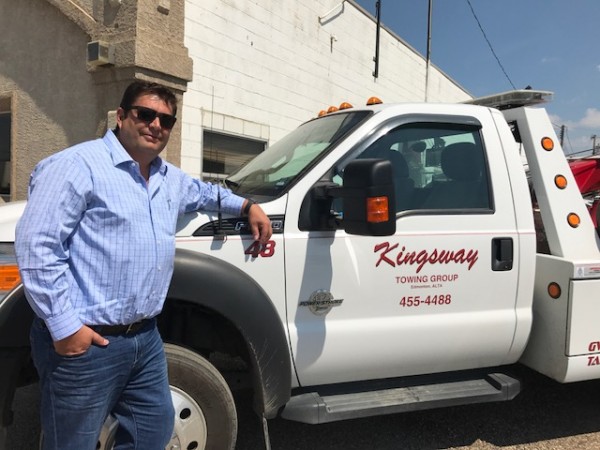 Ken Bach, General Manager at Kingsway Towing Group also expressed his experience with WEBFLEET.
Ken Bach, General Manager at Kingsway Towing Group also expressed his experience with WEBFLEET.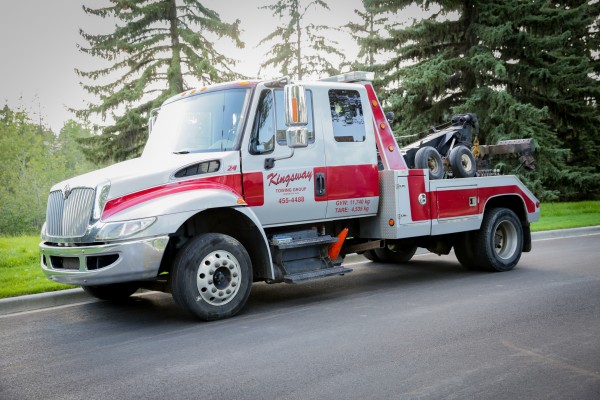 When Ken acquired Kingsway Towing Group, one of his first investments was in WEBFLEET to better track and manage his 34-vehicle fleet. “WEBFLEET allows us to maximize the number of calls we can take per vehicle per day while monitoring and managing fuel and vehicle maintenance costs. For instance, I can ensure my drivers are centralized in high demand areas and available at peak times. I can also manage idling time, drive time and PTO engagement, so our drivers and vehicles are best utilized and we are not wearing out our engines, burning fuel, or putting unnecessary miles on the vehicles while waiting for calls to come in.”
When Ken acquired Kingsway Towing Group, one of his first investments was in WEBFLEET to better track and manage his 34-vehicle fleet. “WEBFLEET allows us to maximize the number of calls we can take per vehicle per day while monitoring and managing fuel and vehicle maintenance costs. For instance, I can ensure my drivers are centralized in high demand areas and available at peak times. I can also manage idling time, drive time and PTO engagement, so our drivers and vehicles are best utilized and we are not wearing out our engines, burning fuel, or putting unnecessary miles on the vehicles while waiting for calls to come in.”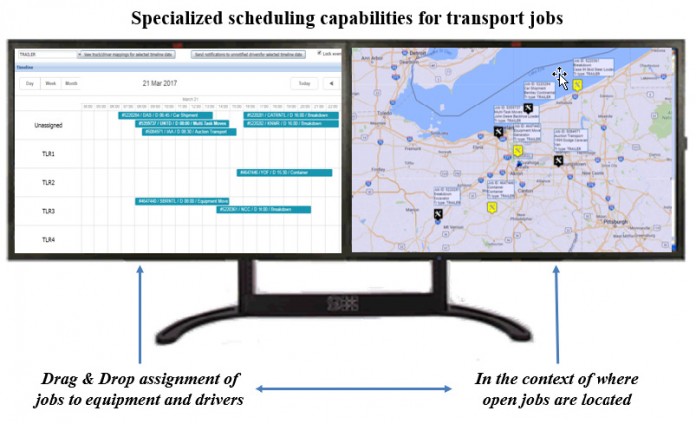
 Equipment Moves: This is often construction and large agricultural equipment.
Equipment Moves: This is often construction and large agricultural equipment.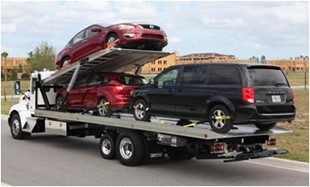 Vehicle Transport:
Vehicle Transport: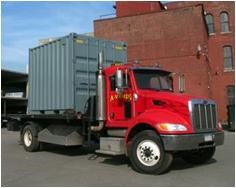 Containers:
Containers: Process: Step 1 – Planning
Process: Step 1 – Planning
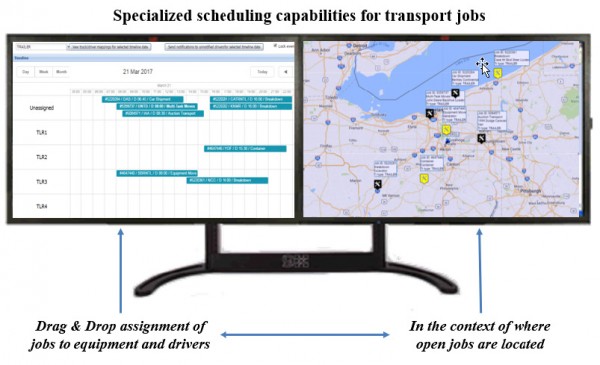 The assignment of drivers to trucks is also a drag & drop “mapping”
The assignment of drivers to trucks is also a drag & drop “mapping”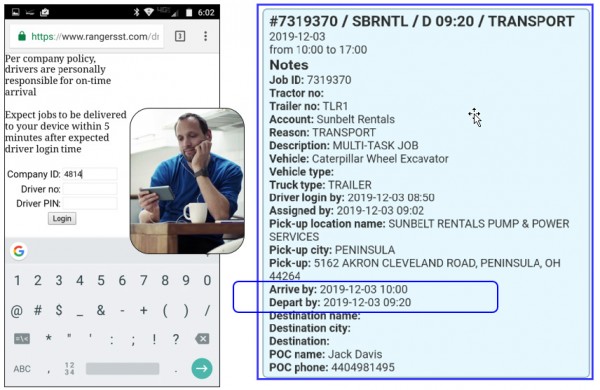 The driver simply clicks on the link in the text message, logs in, and can then view his assignments for the next day.
The driver simply clicks on the link in the text message, logs in, and can then view his assignments for the next day.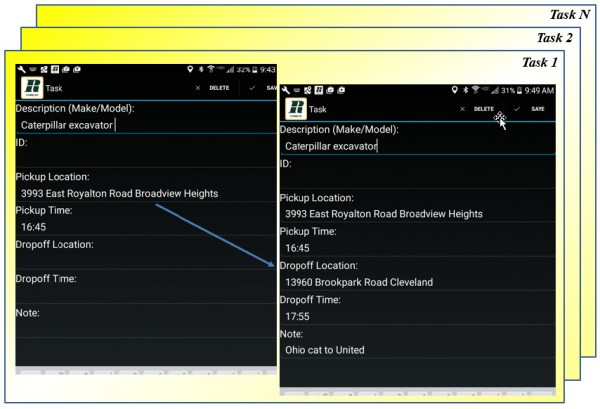 Dispatch has visibility to work-in-progress, and the information entered by the driver is incorporated automatically into the invoice.
Dispatch has visibility to work-in-progress, and the information entered by the driver is incorporated automatically into the invoice.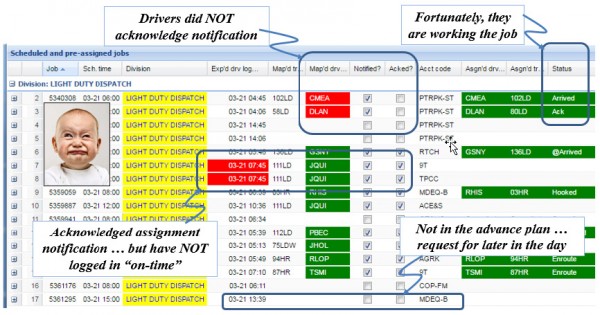 Heavy Duty Towing
Heavy Duty Towing

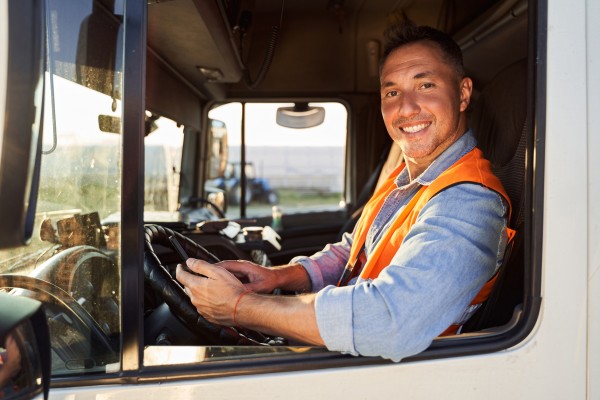
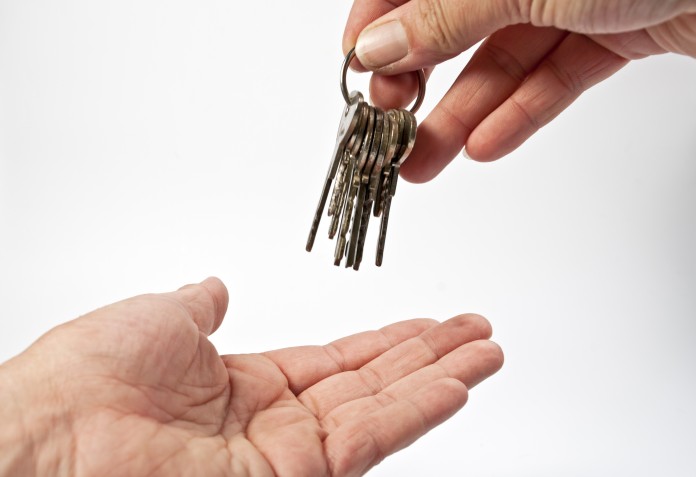
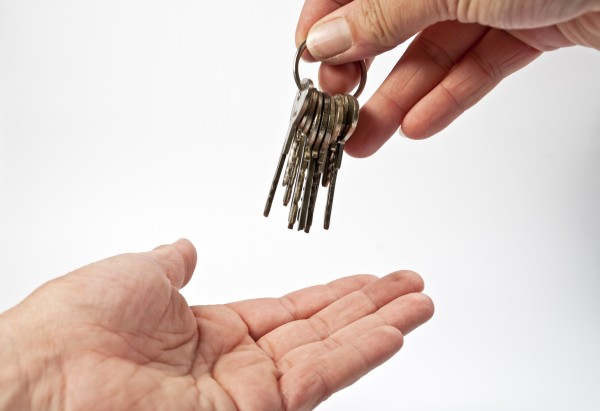 I
I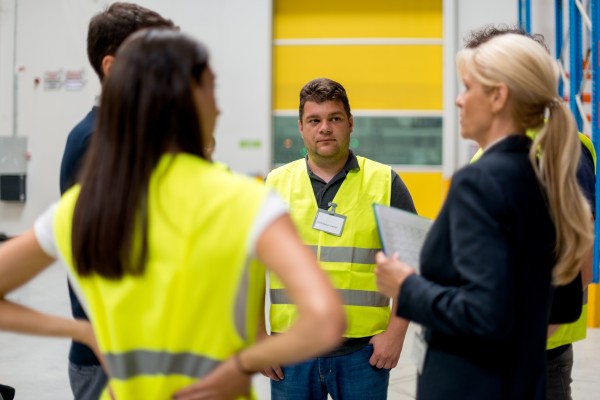 When I first opened the door to my company, a sales person came to me from another company, and I would have loved to hire him but I was not sure I could afford him.
When I first opened the door to my company, a sales person came to me from another company, and I would have loved to hire him but I was not sure I could afford him.
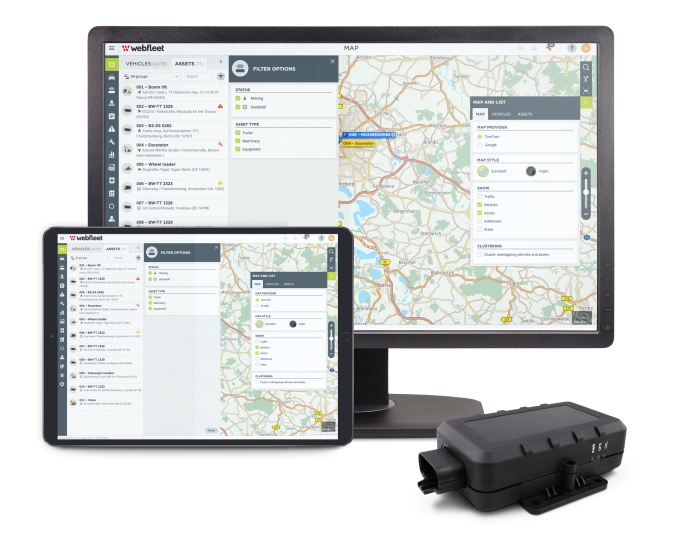
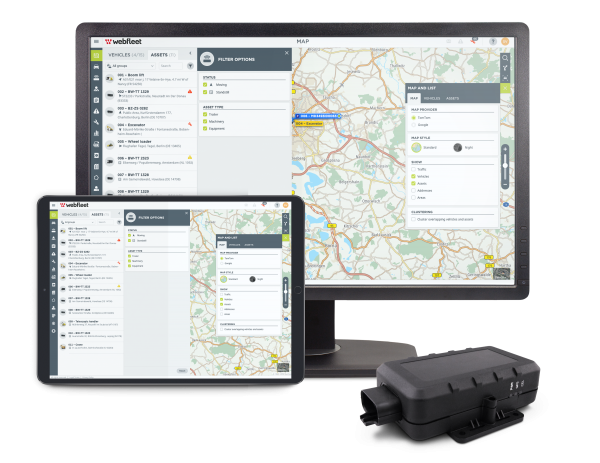 W
W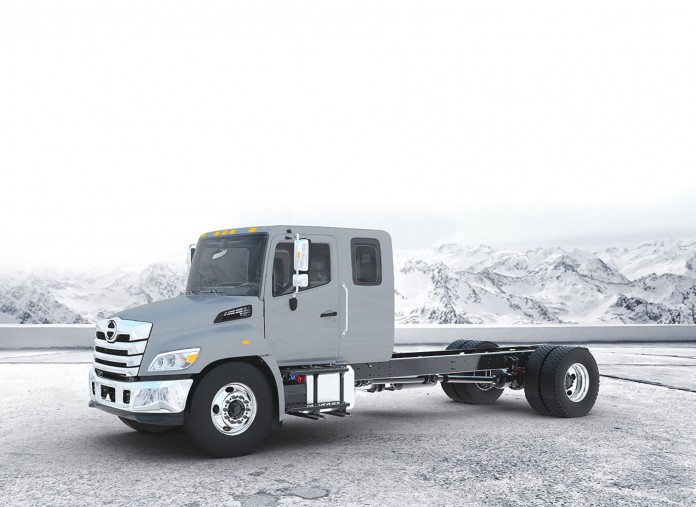
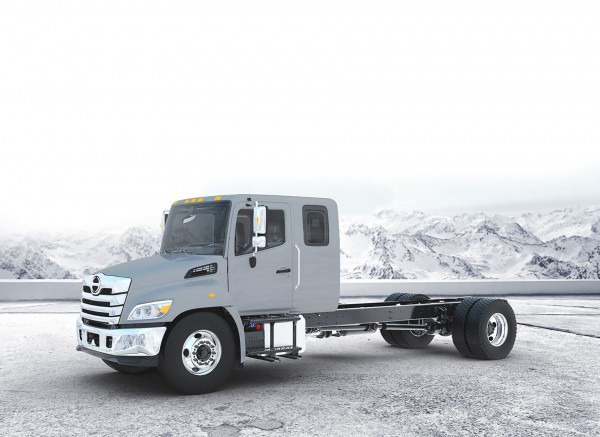 I
I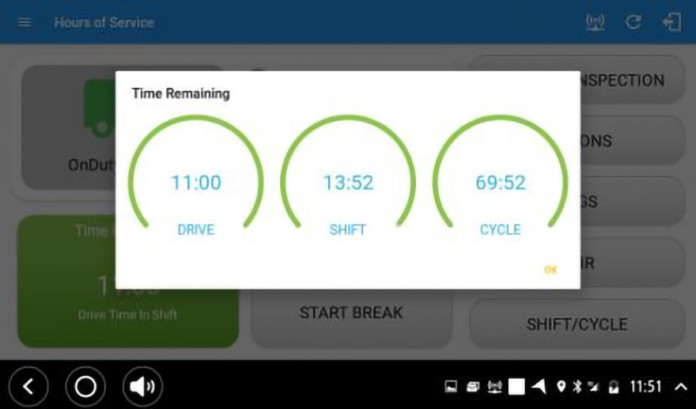
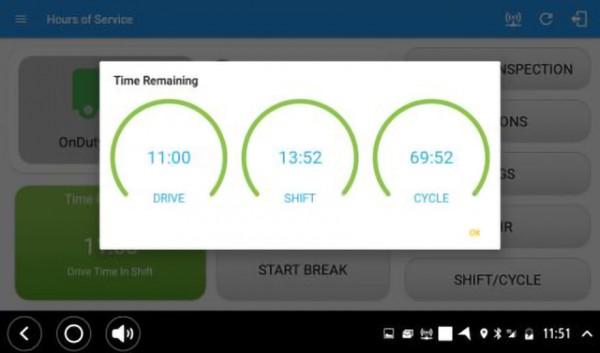
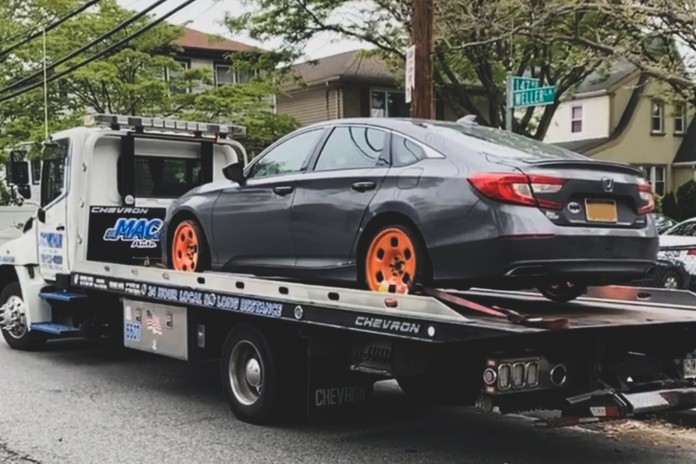
 H
H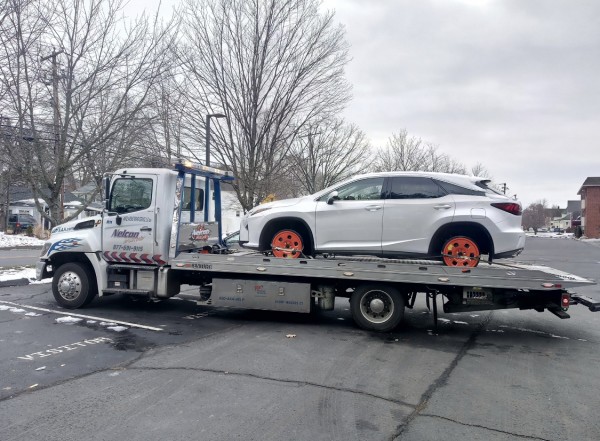
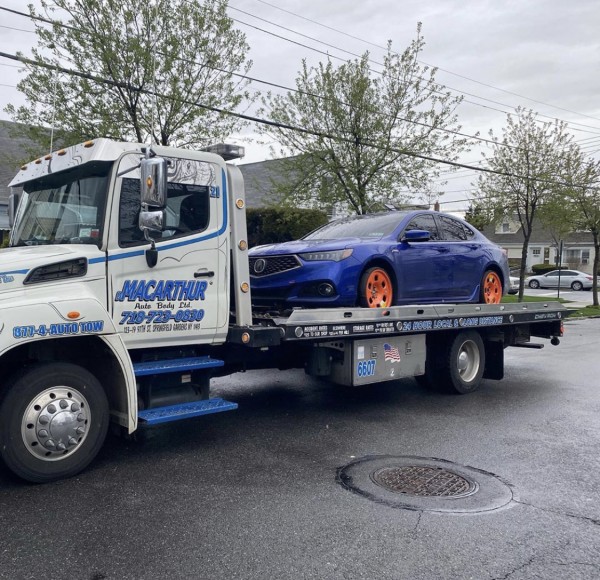 GUNIWHEEL™ currently comes in two models: GUNIWHEEL™ 45 is for most standard size vehicles with 4 & 5 lug patterns. GUNIWHEEL™ 56 is for bigger trucks, vans, and large SUV’s with 5 & 6 lug patterns.
GUNIWHEEL™ currently comes in two models: GUNIWHEEL™ 45 is for most standard size vehicles with 4 & 5 lug patterns. GUNIWHEEL™ 56 is for bigger trucks, vans, and large SUV’s with 5 & 6 lug patterns.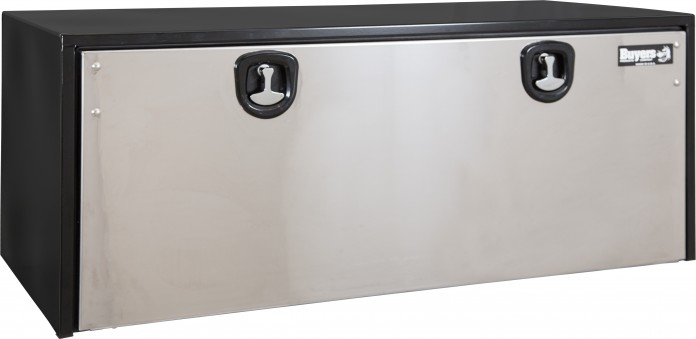
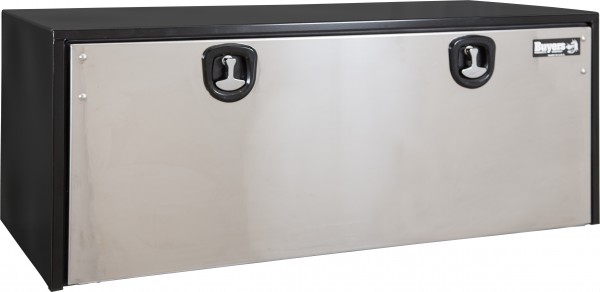 Jerr-Dan Parts is expanding its assortment to include Buyers Products Toolboxes and Brackets. Manufactured and assembled in the USA, Buyers offers a range of toolboxes with emphasis on customer value. Brand reputation, especially one of durability and dependability is essential to Buyers, and they are proud to partner with Jerr-Dan in order to provide customers with top
Jerr-Dan Parts is expanding its assortment to include Buyers Products Toolboxes and Brackets. Manufactured and assembled in the USA, Buyers offers a range of toolboxes with emphasis on customer value. Brand reputation, especially one of durability and dependability is essential to Buyers, and they are proud to partner with Jerr-Dan in order to provide customers with top 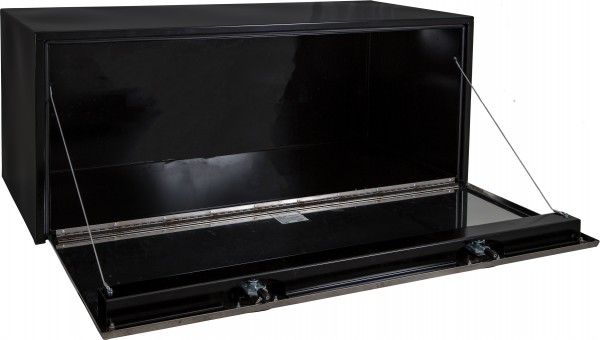 toolbox and bracket selections. Built with durable materials like carbon steel, stainless steel, aluminum, and polyethylene, these toolboxes come in different styles and sizes, which are all available for purchase through a Jerr-Dan distributor.
toolbox and bracket selections. Built with durable materials like carbon steel, stainless steel, aluminum, and polyethylene, these toolboxes come in different styles and sizes, which are all available for purchase through a Jerr-Dan distributor.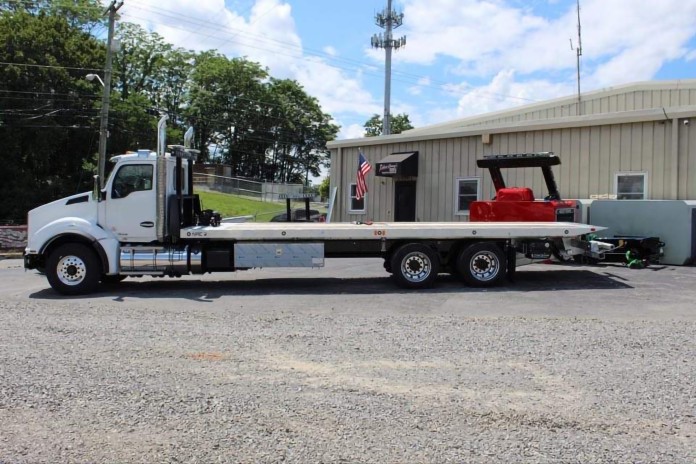
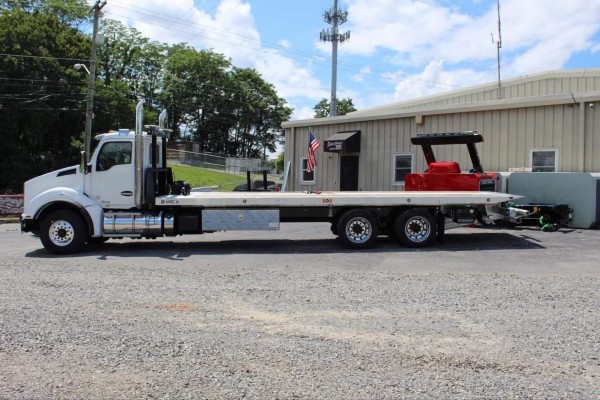 The NRC Quick-Swap is the most versatile detach unit available on the market today!
The NRC Quick-Swap is the most versatile detach unit available on the market today!
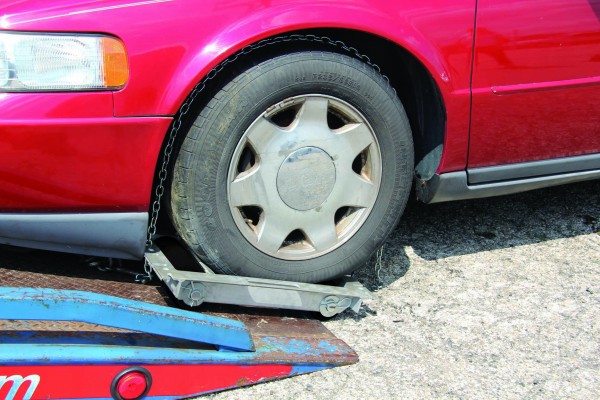 Calls for quickly moving vehicles with broken ball joints continue to grow. While many use skates or Go-Jacks, many tow-ers find that due to their inability to safely load and secure a vehicle, especially on the aluminum bed roll back wreckers, they find the need for a sturdier device.
Calls for quickly moving vehicles with broken ball joints continue to grow. While many use skates or Go-Jacks, many tow-ers find that due to their inability to safely load and secure a vehicle, especially on the aluminum bed roll back wreckers, they find the need for a sturdier device.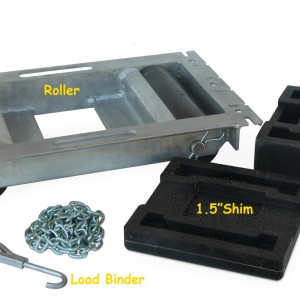 We have also found that the shops where the towers drop the damaged vehicle has a similar problem because Go-Jacks do not work well outdoors, which result in many damaged floor jacks trying to move the vehicle into the shop. The 4th Wheel Loader with its two Polypropylene wheels works well in gravel and dirt to move the vehicle directly into the repair bays and frame racks.
We have also found that the shops where the towers drop the damaged vehicle has a similar problem because Go-Jacks do not work well outdoors, which result in many damaged floor jacks trying to move the vehicle into the shop. The 4th Wheel Loader with its two Polypropylene wheels works well in gravel and dirt to move the vehicle directly into the repair bays and frame racks.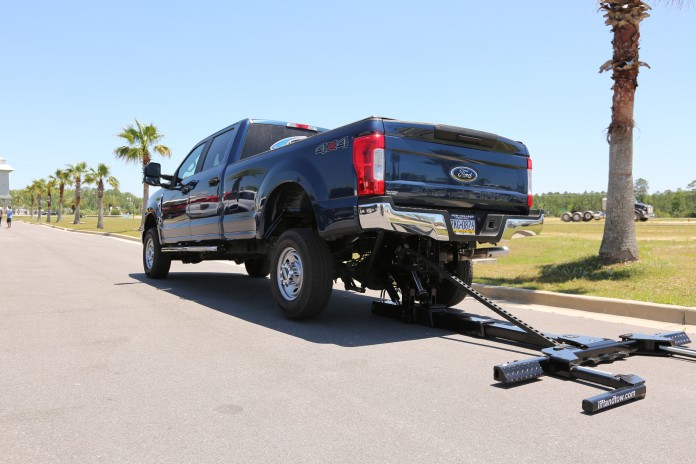
 3 SERIES TOW TRUCK LIFT
3 SERIES TOW TRUCK LIFT 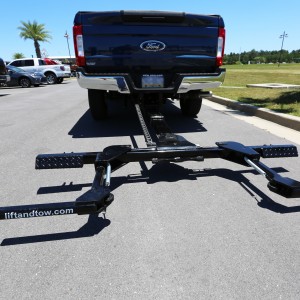 Lift & Tow, the original creators of the hidden wheel lift, is a leader in providing solutions that make towing jobs easier and more efficient. 3 Series wheel lifts deliver a cost-effective way to get the professional towing capabilities you require without having to purchase a traditional tow truck. Our wheel lifts for sale are simple to install and use, saving you time and reducing the manual labor involved in towing cars and trucks.
Lift & Tow, the original creators of the hidden wheel lift, is a leader in providing solutions that make towing jobs easier and more efficient. 3 Series wheel lifts deliver a cost-effective way to get the professional towing capabilities you require without having to purchase a traditional tow truck. Our wheel lifts for sale are simple to install and use, saving you time and reducing the manual labor involved in towing cars and trucks. 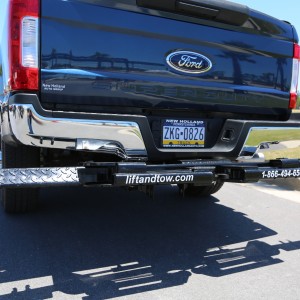 The 3 Series is a slide-in wrecker boom that attaches to the underbody of your pickup truck and is completely hidden from view when not in use. It’s an excellent towing solution for municipalities and commercial towing companies as well as independent tow truck drivers and repo agents. The sub-frame is adjustable in width and length for the most versatile hidden tow boom available on the market with 3,500lbs lifting capacity, and 7,500lbs towing capacity. Your trucks will look and drive like normal, with the “hidden” ability to tow vehicles in as little as 35 seconds. The 3 series system costs just $3,995.00.
The 3 Series is a slide-in wrecker boom that attaches to the underbody of your pickup truck and is completely hidden from view when not in use. It’s an excellent towing solution for municipalities and commercial towing companies as well as independent tow truck drivers and repo agents. The sub-frame is adjustable in width and length for the most versatile hidden tow boom available on the market with 3,500lbs lifting capacity, and 7,500lbs towing capacity. Your trucks will look and drive like normal, with the “hidden” ability to tow vehicles in as little as 35 seconds. The 3 series system costs just $3,995.00. Lift & Tow’s 5 series system is the advanced version of the 3 series system.
Lift & Tow’s 5 series system is the advanced version of the 3 series system.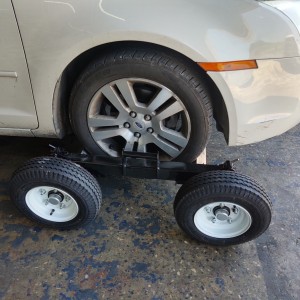 A brand-new product has just been released, our very own line of Wheel Dollies. These dollies come in either a #3000lb or 4,000lb capacity. These new dollies are heavy duty and weigh about 52lbs per. The dollies use a cam lock, locking mechanism, are very user friendly, and have an upgraded crossbar with heavy duty locking pins. The dollies use sealed bearings for longer life and are repairable and rebuildable. Visit www.liftandtow.com today, and check out our full line of products, all proudly American made!.
A brand-new product has just been released, our very own line of Wheel Dollies. These dollies come in either a #3000lb or 4,000lb capacity. These new dollies are heavy duty and weigh about 52lbs per. The dollies use a cam lock, locking mechanism, are very user friendly, and have an upgraded crossbar with heavy duty locking pins. The dollies use sealed bearings for longer life and are repairable and rebuildable. Visit www.liftandtow.com today, and check out our full line of products, all proudly American made!.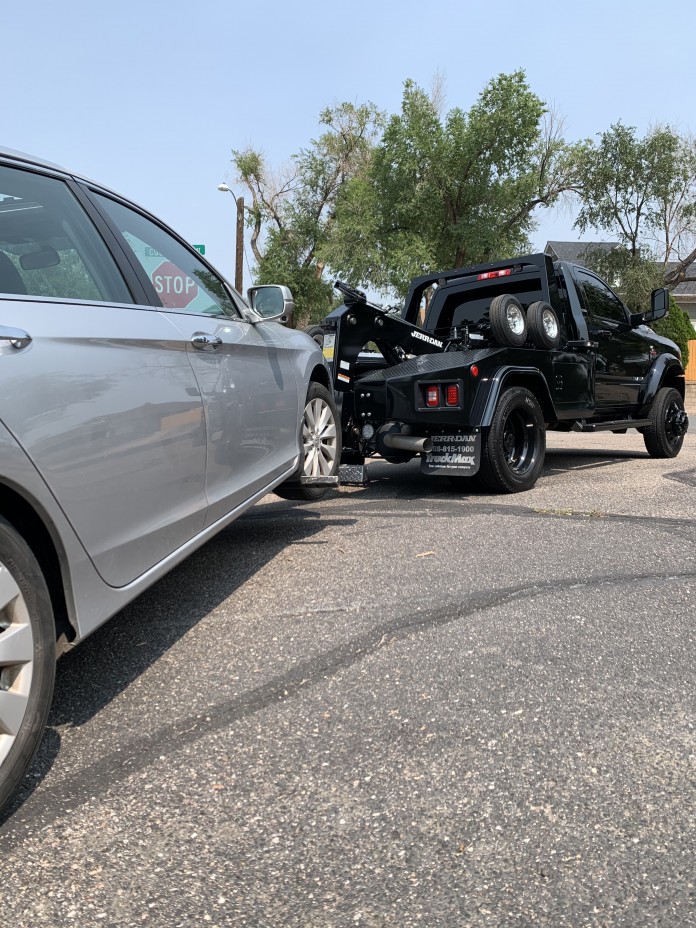
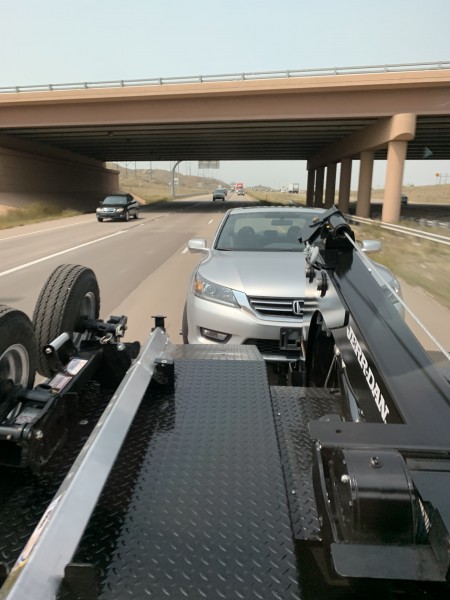 If you are in the repo business, it’s likely that you already know what you’re looking for: a durable truck that gets the job done efficiently. Look no further than the Jerr-Dan MPL-NG or MPL-NGS models. Jerr-Dan’s standard wrecker line-up includes an MPL-NG and MPL-NGS that offer a quick and speedy recovery. Sold by authorized Jerr-Dan distributors, either model offers you durability, versatility, and the efficiency to get the job done. The underlift on both models come standard with a 90-degree pivoting head, with an 8,000 lb. winch option or without a winch – allowing you to recover a parallel parked vehicle with ease.
If you are in the repo business, it’s likely that you already know what you’re looking for: a durable truck that gets the job done efficiently. Look no further than the Jerr-Dan MPL-NG or MPL-NGS models. Jerr-Dan’s standard wrecker line-up includes an MPL-NG and MPL-NGS that offer a quick and speedy recovery. Sold by authorized Jerr-Dan distributors, either model offers you durability, versatility, and the efficiency to get the job done. The underlift on both models come standard with a 90-degree pivoting head, with an 8,000 lb. winch option or without a winch – allowing you to recover a parallel parked vehicle with ease.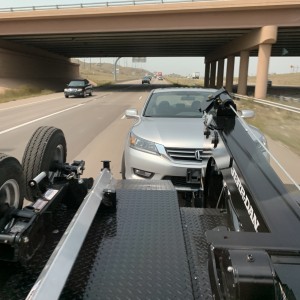 Other features on both models include multiple grid options from manual L-Arms, pivoting L-Arms, or fixed L-Arms. Whether you are towing low-clearance sports cars or motorcycles, the customizable wheel lift packages for each model let you take on more jobs, faster.
Other features on both models include multiple grid options from manual L-Arms, pivoting L-Arms, or fixed L-Arms. Whether you are towing low-clearance sports cars or motorcycles, the customizable wheel lift packages for each model let you take on more jobs, faster. 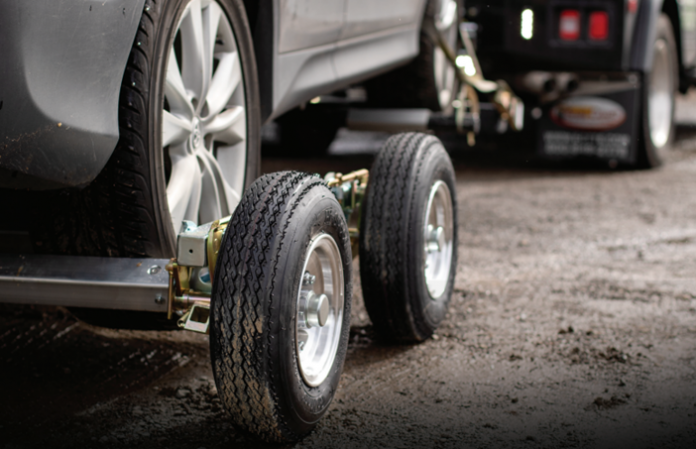
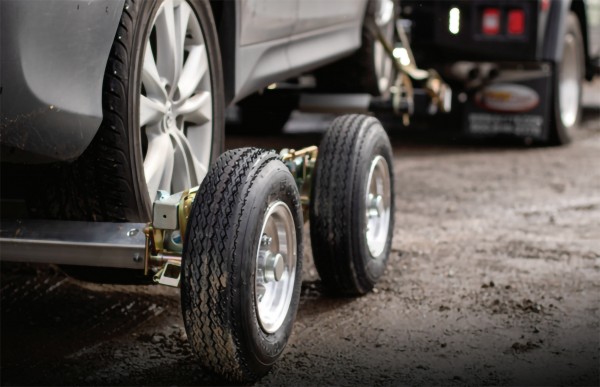 135 miles – 35 of those through rough dirt roads, 100 highway miles. That is the recent log of a professional tower, one of many throughout the week that come in from motorists being stranded or local businesses servicing vehicles. Each one an opportunity to help, grow business and provide for a family. On this particular 90-degree day, the vehicle was off the beaten path (literally an unpaved road) in the eastern Oregon desert hundreds of miles from town round-trip, leaving the tower to figure out a way to bring the vehicle back safely. So, he turned to his equipment – a wheel lift and Collins Dollies, confident that they could shoulder the load down the rough, dusty track. Confident because he’s done it before. Therefore, he chooses Collins Dollies.
135 miles – 35 of those through rough dirt roads, 100 highway miles. That is the recent log of a professional tower, one of many throughout the week that come in from motorists being stranded or local businesses servicing vehicles. Each one an opportunity to help, grow business and provide for a family. On this particular 90-degree day, the vehicle was off the beaten path (literally an unpaved road) in the eastern Oregon desert hundreds of miles from town round-trip, leaving the tower to figure out a way to bring the vehicle back safely. So, he turned to his equipment – a wheel lift and Collins Dollies, confident that they could shoulder the load down the rough, dusty track. Confident because he’s done it before. Therefore, he chooses Collins Dollies.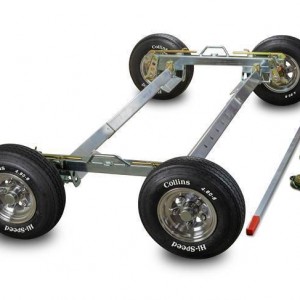 Collins Hi-Speed Dollies came about to increase the safety and speed that a vehicle could be recovered. Prior to that, dollies were completely assembled underneath a vehicle after using a jack to raise it high enough. Though a great invention for their time and capabilities, these pan dollies were heavy and exposed the operator to roadside hazards for an extended period because of the time it took to assemble. Collins Hi-Speed Dollies improved upon this concept and changed the towing industry with a self-loading dolly in 1972. Their Hi-Speed name is partly due to quicker setup and tow times since the dollies themselves were used to raise the vehicle.
Collins Hi-Speed Dollies came about to increase the safety and speed that a vehicle could be recovered. Prior to that, dollies were completely assembled underneath a vehicle after using a jack to raise it high enough. Though a great invention for their time and capabilities, these pan dollies were heavy and exposed the operator to roadside hazards for an extended period because of the time it took to assemble. Collins Hi-Speed Dollies improved upon this concept and changed the towing industry with a self-loading dolly in 1972. Their Hi-Speed name is partly due to quicker setup and tow times since the dollies themselves were used to raise the vehicle.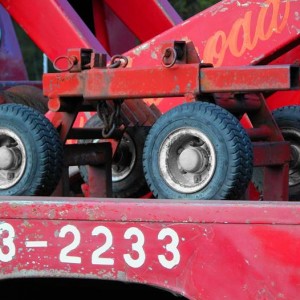 Collins Hassell, the namesake of Collins, had an entrepreneurial background gained through life’s experiences in creatively solving problems and caring for his family. During the 1940-50s while driving log trucks and hauling timber, Collins and his brother designed and manufactured improved log bunks and stakes for trucks that are still in use today. They had to be strong enough to carry a load of 50,000 pounds on trips from the forest to the mills, which could be a hundred miles or more (large portions of it on dangerous, washboard roads). Much of the materials and engineering for the bunks are like what would become the original self-loading dolly in 1972.
Collins Hassell, the namesake of Collins, had an entrepreneurial background gained through life’s experiences in creatively solving problems and caring for his family. During the 1940-50s while driving log trucks and hauling timber, Collins and his brother designed and manufactured improved log bunks and stakes for trucks that are still in use today. They had to be strong enough to carry a load of 50,000 pounds on trips from the forest to the mills, which could be a hundred miles or more (large portions of it on dangerous, washboard roads). Much of the materials and engineering for the bunks are like what would become the original self-loading dolly in 1972.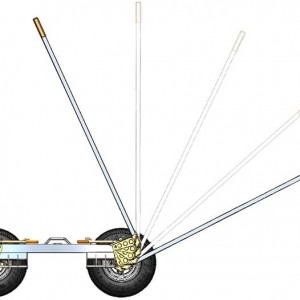 So, what does this mean for you? How many times have you needed a tool and been frustrated that you do not have it, cannot find it, isn’t the right one or it does not exist? Maybe you were able to make do with what you had (a refined skill among operators), but wish it had not taken extra time, reduced profit, or lost business. In recovery and repossession scenarios, this could look like: turning away potential clients, lost time calling additional trucks to move a vehicle because the first one could not handle it, risking personal injury or vehicle damage.
So, what does this mean for you? How many times have you needed a tool and been frustrated that you do not have it, cannot find it, isn’t the right one or it does not exist? Maybe you were able to make do with what you had (a refined skill among operators), but wish it had not taken extra time, reduced profit, or lost business. In recovery and repossession scenarios, this could look like: turning away potential clients, lost time calling additional trucks to move a vehicle because the first one could not handle it, risking personal injury or vehicle damage.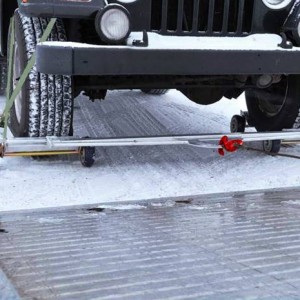 One operator can load the dollies under a vehicle and quickly lift it. The quickest time we have encountered is 60 seconds, from off the truck to vehicle lifted! With a little training, an operator or agent can recover AWD, electric/hybrid, vehicles that are disabled or stuck in park using the same dollies and wheel lift to get all four wheels off the ground and the job done.
One operator can load the dollies under a vehicle and quickly lift it. The quickest time we have encountered is 60 seconds, from off the truck to vehicle lifted! With a little training, an operator or agent can recover AWD, electric/hybrid, vehicles that are disabled or stuck in park using the same dollies and wheel lift to get all four wheels off the ground and the job done. 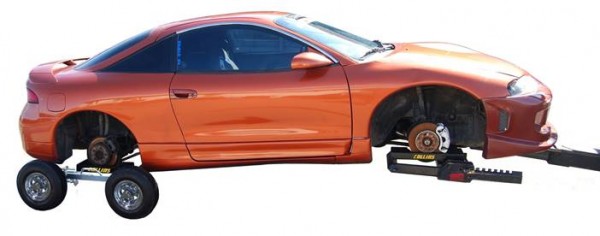 For those operating a flatbed truck instead of a wrecker, Collins Carrier Dolly gives you a damage-free, efficient way to load and unload vehicles. They effectively raise the vehicle for greater ground clearance, make for quicker loading and unloading and opens possibilities for towing a wider range of cars – electric, AWD, high performance and luxury vehicles. Should you come across vehicles without wheels because they were stolen or removed to prevent repossession, the Tow Cradle fits both Hi-Speed Dollies and Carrier Dollies to support the rotor and allow for recovery.
For those operating a flatbed truck instead of a wrecker, Collins Carrier Dolly gives you a damage-free, efficient way to load and unload vehicles. They effectively raise the vehicle for greater ground clearance, make for quicker loading and unloading and opens possibilities for towing a wider range of cars – electric, AWD, high performance and luxury vehicles. Should you come across vehicles without wheels because they were stolen or removed to prevent repossession, the Tow Cradle fits both Hi-Speed Dollies and Carrier Dollies to support the rotor and allow for recovery.